𝙼𝚄𝚂𝙲𝙻𝙴 𝙲𝙰𝚁𝚂 1963 Chevrolet Corvette Split-Window Coupe: 𝑨𝒎𝒆𝒓𝒊𝒄𝒂’𝒔 𝑴𝒐𝒔𝒕 𝑰𝒄𝒐𝒏𝒊𝒄 𝑺𝒑𝒐𝒓𝒕𝒔 𝑪𝒂𝒓
1963 Chevrolet Corvette Split-Window Coupe – History, Specs & Legacy
Discover the story behind the legendary 1963 Corvette Split-Window Coupe. Learn about its design, performance specs, and why it remains a collector’s dream.
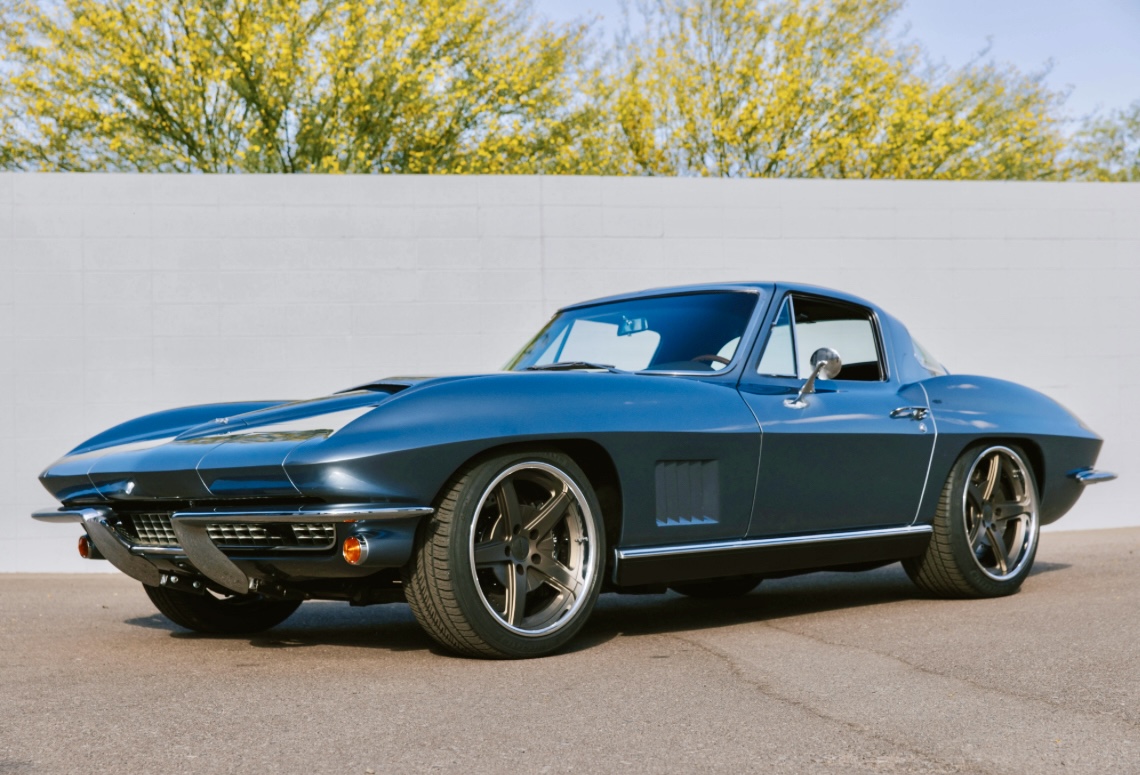
Introduction: The Birth of an Icon
When the 1963 Chevrolet Corvette Split-Window Coupe debuted, it didn’t just mark the launch of the second-generation Corvette (C2)—it redefined American sports cars forever. With its futuristic styling, advanced chassis, and one-of-a-kind rear window, the 1963 model became a symbol of innovation, performance, and pure automotive artistry.
The Vision Behind the Split-Window Design
The inspiration for the split rear window came from GM’s design legend Bill Mitchell, who wanted the car to reflect a futuristic, jet-age aesthetic. The result was a bold, divisive rear window split by a body-colored spine—dramatic, beautiful, and controversial. While some drivers complained about rear visibility, the design made an unforgettable statement. It was so unique, in fact, that 1963 was the only year it was ever produced, making it a one-year-only collector’s gem.
Engineering Breakthrough: The First Sting Ray
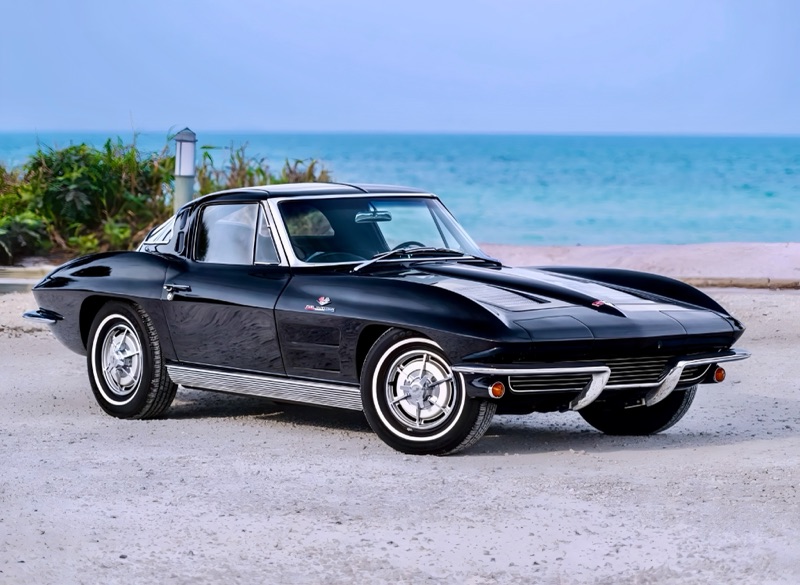
The 1963 Corvette was also the first to carry the “Sting Ray” name, drawing heavily from the Corvette XP-87 Stingray Racer concept of 1959. With a newly introduced independent rear suspension, lighter body, and improved aerodynamics, it offered vastly superior handling compared to its predecessor.
Key Features of the 1963 Corvette Split-Window Coupe:
- Chassis: Shorter, stiffer frame for better cornering
- Body Style: Coupe with the now-iconic split rear window
- Front End: Hidden pop-up headlights (a Corvette first)
- Interior: Dual cockpit design with updated instrumentation
- Suspension: Independent rear suspension—enhancing ride and handling
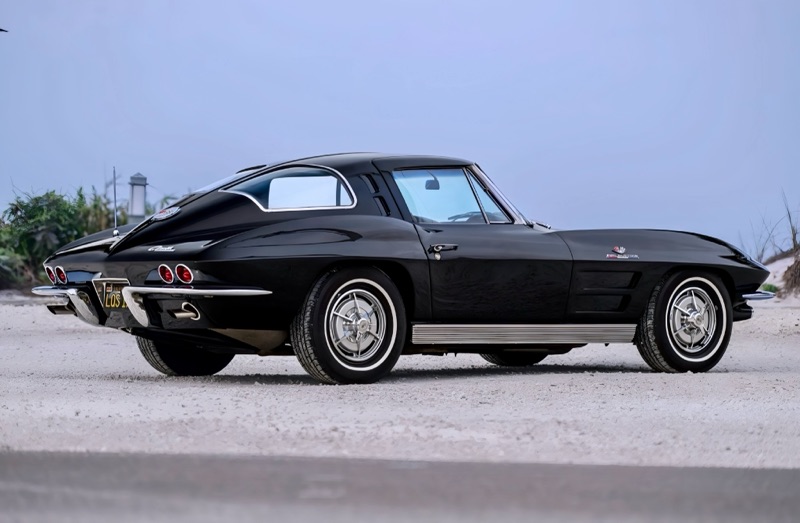
Engine Options & Performance Specs
The 1963 Corvette didn’t just look fast—it delivered serious power. It came standard with a 327 cubic inch (5.4L) V8 engine, but buyers could choose from multiple performance options.
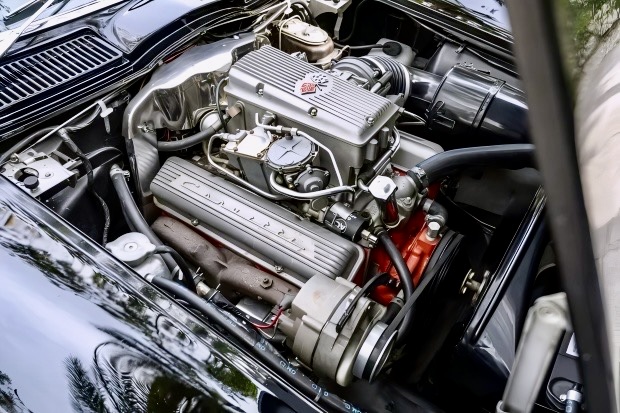
| Engine | Horsepower | Carburetion | 0-60 mph |
| 327 V8 | 250 hp | 4-barrel | 6.9 sec |
| 327 V8 | 300 hp | 4-barrel | 6.1 sec |
| 327 V8 | 340 hp | 4-barrel | 5.8 sec |
| 327 V8 | 360 hp | Fuel-injected | 5.6 sec |
The fuel-injected L84 327 V8 was the top-of-the-line choice, giving this Corvette exceptional performance for its time.
Production Numbers & Rarity
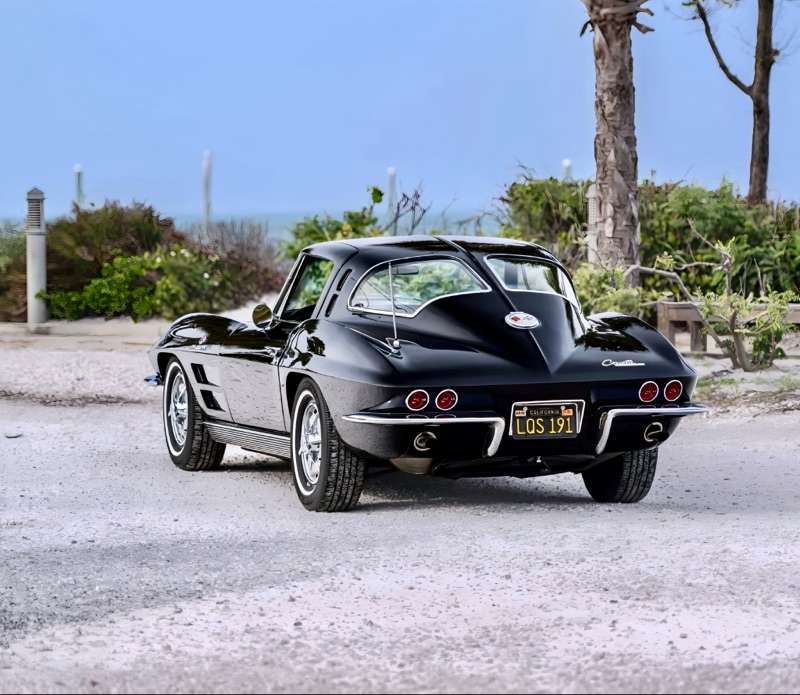
In 1963, Chevrolet produced 21,513 Corvettes, of which 10,594 were split-window coupes. Because the split-window design was discontinued in 1964 due to driver complaints, these models became instant collectibles.
Today, the ’63 split-window coupe is among the most sought-after Corvettes ever made, with top-condition examples fetching over $200,000 at auction.
Why Collectors Love the 1963 Split-Window Coupe
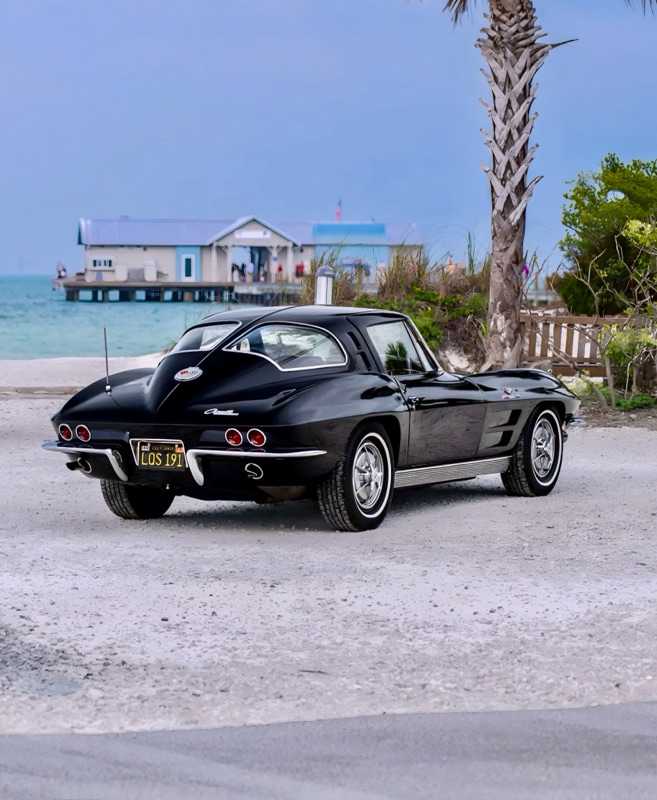
- One-Year-Only Design: Unique and instantly recognizable
- Strong Investment Value: Increasing demand and limited supply
- Historic Significance: First Sting Ray, first independent rear suspension
- Timeless Design: A perfect blend of muscle and mid-century elegance

Final Thoughts: A Corvette for the Ages
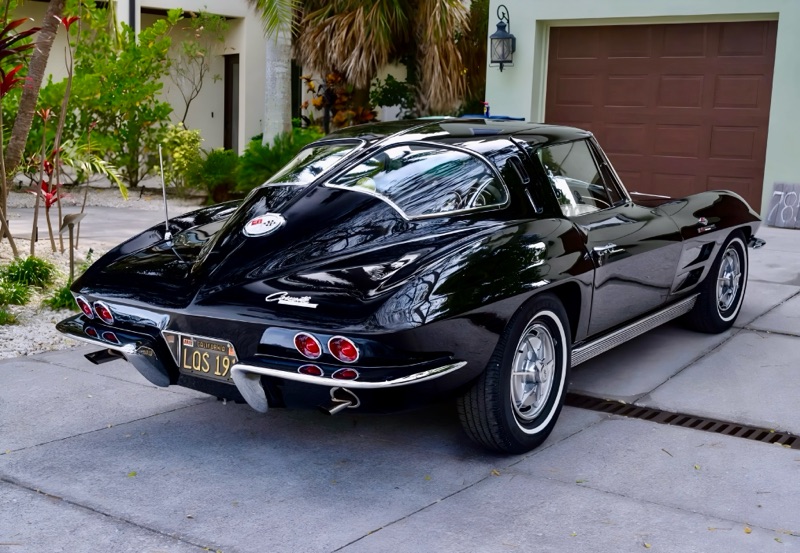
The 1963 Chevrolet Corvette Split-Window Coupe isn’t just a car—it’s a legacy on wheels. Whether you’re a collector, enthusiast, or someone who appreciates design excellence, this Corvette holds a special place in American automotive history.
With its unmistakable silhouette and race-inspired engineering, the 1963 Split-Window Coupe is a timeless reminder that great cars aren’t just built—they’re imagined.
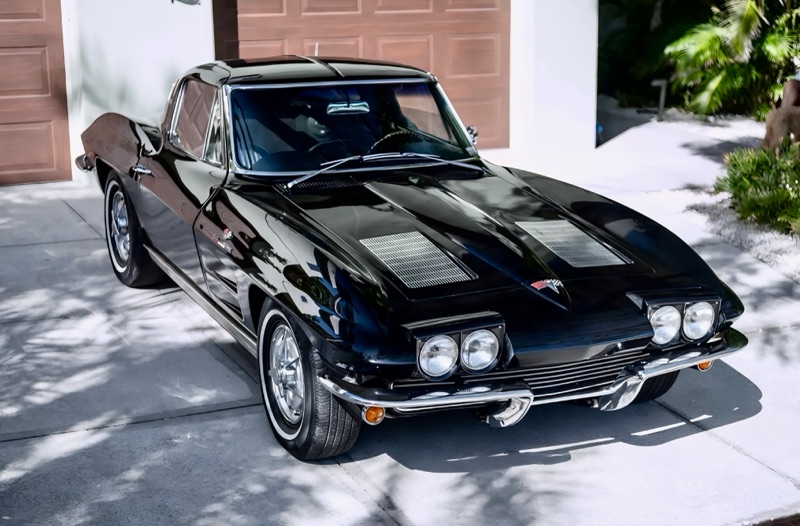
Comments
Post a Comment